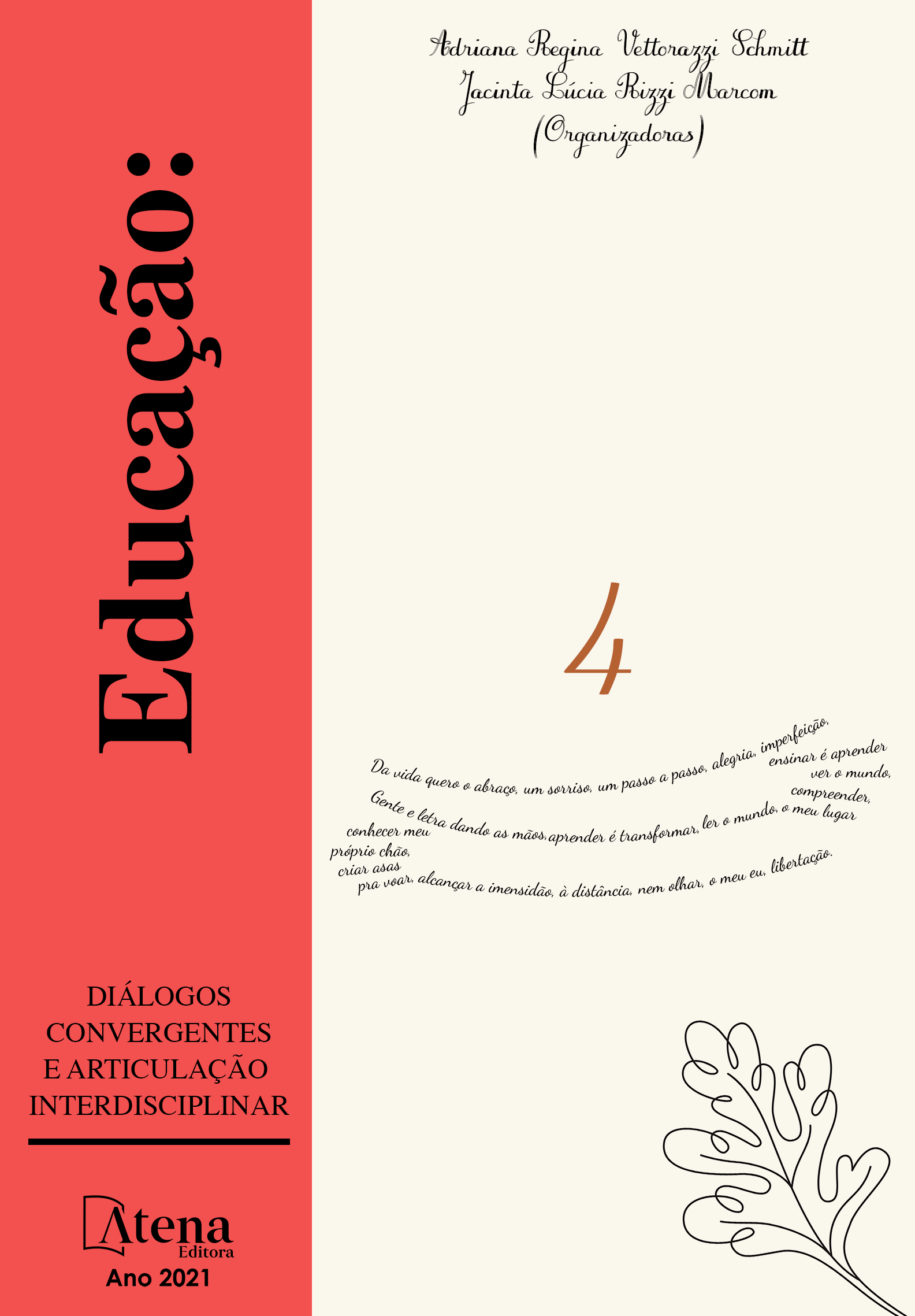
SALA DE AULA PARA TODOS(AS): UTOPIA OU REALIDADE?
Os últimos anos foram marcados pela atenção às diferenças através de políticas educacionais que provocaram o debate sobre a “inclusão escolar e a educação especial”. Devido a essa questão, muitas foram as reformas e ações estabelecidas nos espaços escolares, percebemos avanços. No entanto, há que se perguntar se: de fato, a sala de aula é um espaço para todos? Investiu-se em acessibilidade, material didático, cartilhas educativas e publicações. Investiu-se, também, na formação continuada de professores. Porém, todo esse esforço não rompeu significativamente com a barreira das diferenças em sala de aula. Diferenças de cor, de classe, de habitat, de credo, de raça e até mesmo, diferenças entre “normais” e “especiais”. Todas essas diferenças, presentes no cotidiano escolar, representam um abismo entre a educação que se deseja e a realidade que se apresenta, uma vez que, elas não denotam um trabalho diversificado, mas sim, devido a todo um conjunto de fatores estruturais, acabam por revelar um sistema educacional padronizado. Assim, a sala de aula que deveria ser um espaço de interações diversas na busca pela formação de qualidade para todos revela sérias deficiências em sua estrutura, o que dificulta para a mesma, assumir-se enquanto espaço democrático de direito e de educação para todos(as).
SALA DE AULA PARA TODOS(AS): UTOPIA OU REALIDADE?
-
DOI: 10.22533/at.ed.9902122091
-
Palavras-chave: Inclusão Escolar. Educação. Diversidade
-
Keywords: School Inclusion. Education. Diversity
-
Abstract:
The last few years have been marked by attention to differences through educational policies that provoked the debate on “school inclusion”. Due to this issue, there were many reforms and actions established in school spaces. However, we must ask ourselves: is the classroom, in fact, a space for everyone? We invested in accessibility, teaching material, educational booklets and publications. It was also invested, albeit in a precarious way, in the continuing education of teachers. However, all this effort did not break the barrier of differences in the classroom. Differences in color, class, habitat, creed, race and even differences between “normal” and “special”. All these differences, present in everyday school life, represent an abyss between the desired education and the reality that presents itself, since they do not denote a diversified work, but rather, due to a whole set of structural factors, they end up reveal a standardized educational system. Thus, the classroom, which should be a space for diverse interactions in the search for quality education for all, reveals serious deficiencies in its structure, which makes it difficult for it to assume itself as a democratic space for education for all.
-
Número de páginas: 9
- Luci Mary Duso Pacheco
- Adriana Regina Vettorazzi Schmitt


